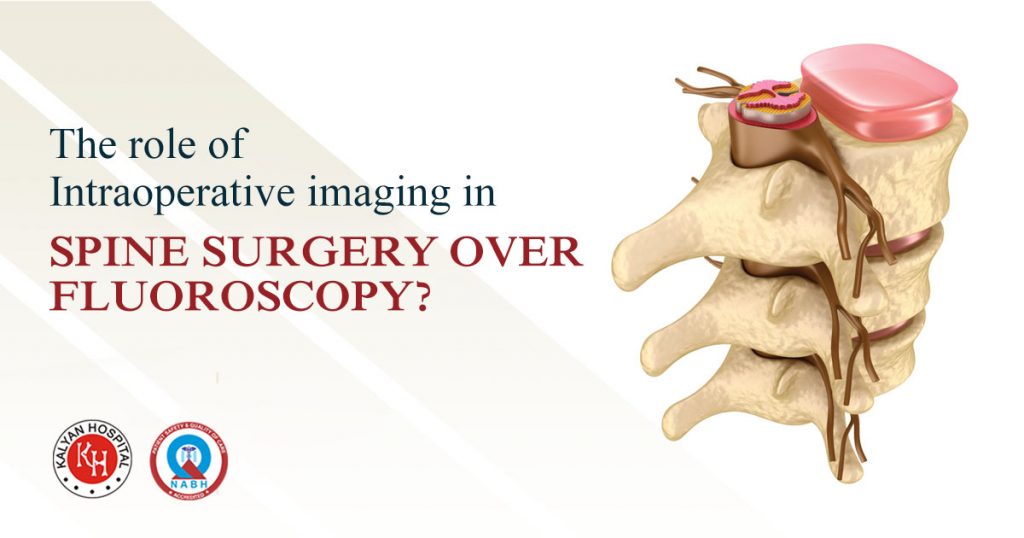What is the role of intraoperative imaging in spine surgery over Fluoroscopy?
![]()
What is Intraoperative Imaging?
You may not know that Intraoperative photographs help guarantee that the spinal implant is positioned in the right spot or that the tumor is dissected to the correct result.
-
The traditional way to check for spine surgery in Ludhiana is through intraoperative fluoroscopy. Although fluoroscopy produces accurate images, there is concern over the amount of radiation sensitivity to patients, surgeons, and workers in the operating room.
-
When your surgeon combines advancements in imaging and computer-based navigation with the evolution of the in-room mobile computed tomography (CT) scanner, then it has significantly improved the accuracy of spine surgery compared to traditional fluoroscopic-guided techniques, especially during pedicle screw positioning.
-
According to one research, the usage of a handheld CT scanner decreased the incidence of screw repositioning, which improved patient health and lowered sensitivity to radiation in patients.
-
While offering outstanding navigation to direct operation and imaging resolution, the handheld CT scanner also helps the surgeon to collect CT images directly after completion of the operation.
-
With the help of this, your surgeon can get an idea about the surgery region or enable him for immediate intraoperative intervention before surgical closure.
-
Until the picture is taken with a mobile CT scanner, much of the workers travel out of the field, or even the house, which reduces the exposure to radiation. When the picture is taken, the patient images are immediately registered in the navigation program, allowing the doctor to ensure whether the implant is properly located or that the tumor is respected as expected.
-
The usage of high-quality photographs offers valuable expertise and enhances the trust of the surgeon, plays a significant role in spine surgery, and can help to minimize the rate of reoperation in certain situations.
-
There are devices that use subtly different methods to direct a patient with a surgical guidance device. These optical surface matching techniques are useful in many situations, including minimally invasive percutaneous procedures, but have their disadvantages as well, including skin movement, incision, and site scale.
Fluoroscopy vs. newer technology
Fluoroscopy, or real-time X-ray projection, has been in therapeutic usage since Roentgen invented X-rays. Early fluoroscopes consisted solely of an X-ray source and a fluorescent panel in which the patient was positioned. After moving through the patient, the resulting beam entered the fluorescent glass and created a noticeable light that was clearly examined by the practitioner.
In modern devices, the fluorescent screen is connected to an electrical unit that amplifies and transforms the light into a picture signal appropriate for viewing on a computer monitor. One advantage of the modern system compared to the previous approach is that the fluoroscopic does not need to be close to the fluorescent screen in order to be able to observe the live image of body parts. This results in a significant reduction in the dose of fluoroscopic radiation, as well as patients, receive a lower dose of radiation due to the overall efficiency of the imaging system.




No Comments